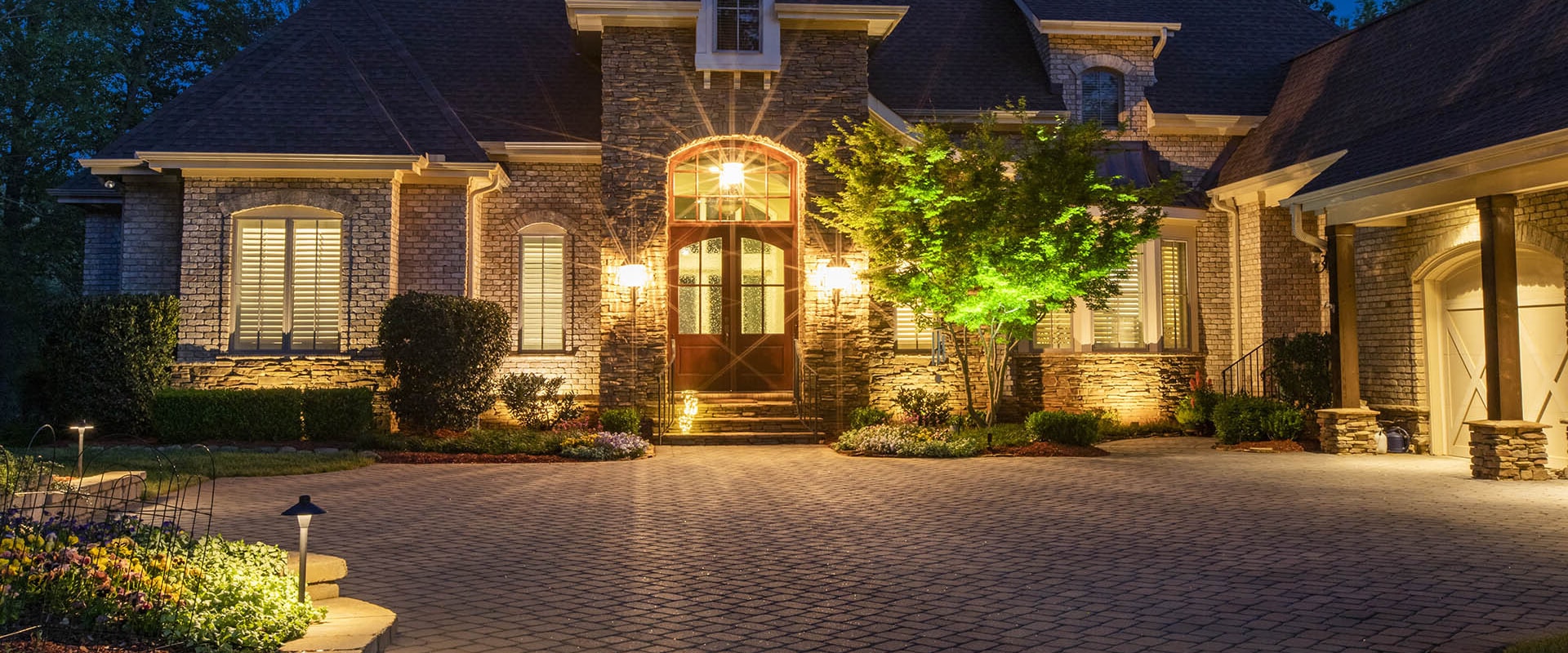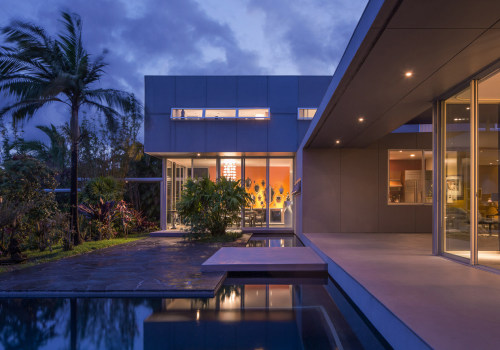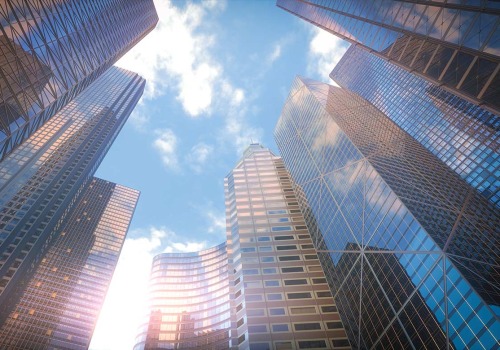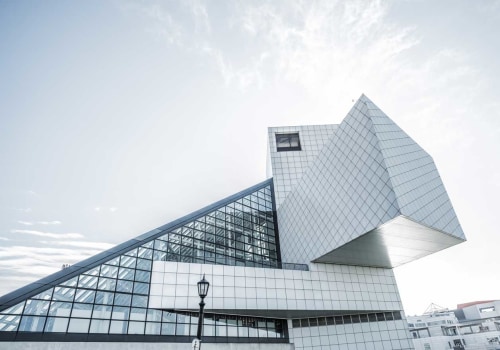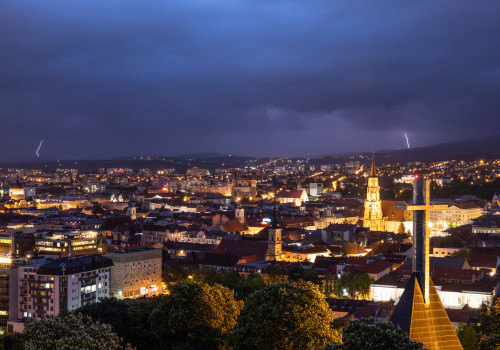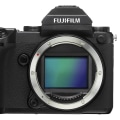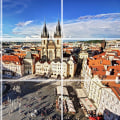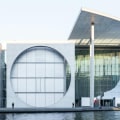Exterior architectural photography is an art form that requires the perfect balance of natural and artificial lighting. From dramatic sunsets to illuminated nightscapes, capturing the beauty of architecture in a photograph requires careful consideration of light and shadow. Whether you're a professional photographer or a hobbyist, understanding how to use lighting in exterior architectural photography is key to creating stunning images. In this article, we'll discuss the different types of lighting for exterior architectural photography, including natural light, ambient light, flash, and other creative lighting techniques. We'll also explore the best equipment and settings for capturing the perfect exterior architectural photo. The first step in using lighting effectively for exterior architectural photography is to understand the different types of light available.
Natural light is the most common type of light used for this type of photography, as it is generally the most flattering. However, artificial light sources such as strobes and LED lights can also be used to great effect. When using natural light, it is important to consider the time of day as this can have a dramatic impact on the look of the photograph. For example, shooting during the golden hour (the first hour after sunrise or the last hour before sunset) can give a beautiful soft light that is ideal for photographing buildings.
Alternatively, shooting during midday can create harsh shadows and contrast that can be difficult to work with. It is also worth considering weather conditions such as clouds, which can act as a natural diffuser and soften the light. When using artificial light sources, it is important to understand how each type of light works and how it interacts with the environment. Strobes are powerful, directional lights that can be used to create dramatic lighting effects and add depth to a photograph. LED lights are more subtle and often used to fill in shadows or add a subtle brightness to a scene.
It is important to consider how these lights will interact with the environment, as too much or too little light can have a negative effect on the photograph. It is also important to consider the colour temperature of the lights you are using. Different types of light have different colour temperatures, which can affect the look and feel of your photographs. For example, daylight has a bluer colour temperature than tungsten lights, which have a warmer colour temperature.
By understanding how these different colour temperatures interact with each other, you can create interesting and unique lighting effects for your photographs. Finally, it is important to understand how to use shadows effectively in your photographs. Shadows can be used to add depth and contrast to a photograph, as well as highlight certain elements of the scene. It is important to consider where shadows will fall and how they will interact with the environment in order to achieve the desired effect. Overall, lighting is an essential part of exterior architectural photography and knowing how to use it effectively is key to creating stunning images. By understanding the different types of light available and how they interact with each other, you can create unique and interesting lighting effects for your photographs.
Colour Temperature
Colour temperature is a measure of the colour of a light source, expressed in Kelvin (K).It helps photographers determine which type of lighting will best capture an image. The higher the Kelvin value, the cooler the light. The lower the Kelvin value, the warmer the light. In exterior architectural photography, colour temperature can have a significant impact on the overall appearance of an image.
Cooler tones can be used to create an atmosphere of mystery and darkness while warmer tones can be used to create a sense of warmth and energy. By understanding and manipulating colour temperature, photographers can create stunning images with a range of different moods and effects. When shooting with artificial lighting, photographers must take into account the colour temperature of the light source. A mismatch between the colour temperature of the light source and the ambient light can cause the colours in the photograph to appear unnatural.
It is important to use the correct colour temperature for the desired effect. In addition to understanding and managing colour temperature, photographers should also consider other factors such as shadows, contrast, and highlights. By carefully balancing these elements, photographers can create beautiful photographs that capture the essence of a building or structure.
Using Shadows Effectively
Shadows can be a great tool for photographers when used correctly. They can add depth, contrast and texture to a scene, and can even be used to create dramatic effects.In exterior architectural photography, the use of shadows can be especially effective. By carefully positioning the light source, shadows can be used to emphasize certain features, or to create interesting patterns on the surface of the building. When photographing buildings, it is important to consider the time of day that you are shooting. The sun's angle will affect the amount and direction of shadows that are cast, as well as the intensity of the light. It is also important to think about the position of the light source in relation to the building.
If the light is too far away, then there will be no shadows at all. On the other hand, if the light is too close, then the shadows will become too dark and will overpower the image. When shooting in a location with limited light sources, it is possible to use reflectors to bounce light into areas that would otherwise be in shadow. This can be especially useful for highlighting specific details such as windows, doorways or other architectural features. Additionally, using a flash or strobe can help to fill in any shadows that are too dark or deep. Finally, shadows can be used to create a sense of depth in an image.
Placing the light source behind a building or object can create a dramatic effect by casting long shadows across the scene. Similarly, by positioning the light source slightly off-center from the subject, you can create interesting patterns of light and shadow that will make your photograph more interesting.
Types of Light Available
When it comes to exterior architectural photography, there are a variety of different types of light available to create stunning images. Natural light is one of the most common sources of lighting, and can be used to create beautiful effects in architectural photographs. Strobe lights, which are typically used in studio photography, can also be used to create interesting lighting effects in exterior architectural photos.LED lights are another type of lighting that can be used for exterior architectural photography, and they provide a more even and consistent light than natural or strobe light. Natural light is a great option for exterior architectural photography, as it is usually free and provides an interesting range of colors. However, it is important to consider the time of day when using natural light, as the quality and direction of the light can vary dramatically depending on the time. Additionally, the weather can also affect the quality of the light, so it is important to keep an eye on any changes in weather conditions. Strobe lighting is another option for exterior architectural photography. This type of lighting can be used to create dramatic shadows and highlights, as well as providing a more consistent light than natural light.
However, strobe lighting does require a significant amount of power, so it is important to make sure that you have access to a reliable power source when using strobes. LED lights are a more recent addition to the world of exterior architectural photography. LED lights are much more energy-efficient than traditional lighting options, and they also provide a much more consistent light than natural or strobe lighting. Additionally, LED lights are much more portable than traditional lighting options, making them an ideal choice for photographers who need to move around quickly in order to capture different angles and perspectives. No matter which type of lighting you choose for your exterior architectural photography, it is important to consider the direction, quality, and intensity of the light in order to achieve the desired results. Each type of light has its own unique characteristics, so it is important to experiment with different lighting setups in order to find the best one for your particular project. In conclusion, lighting is an essential part of exterior architectural photography and understanding how to use it effectively can help you create stunning images.
By considering the type of light available, its colour temperature, and how shadows interact with the environment, you can create unique and interesting lighting effects for your photographs. For exterior architectural photography, it is important to take the time to consider the type of light available, its colour temperature, and how shadows can be used to enhance the composition. Utilising the right kind of light and mastering the techniques required to create beautiful images can help you capture stunning photographs of buildings and other structures.

